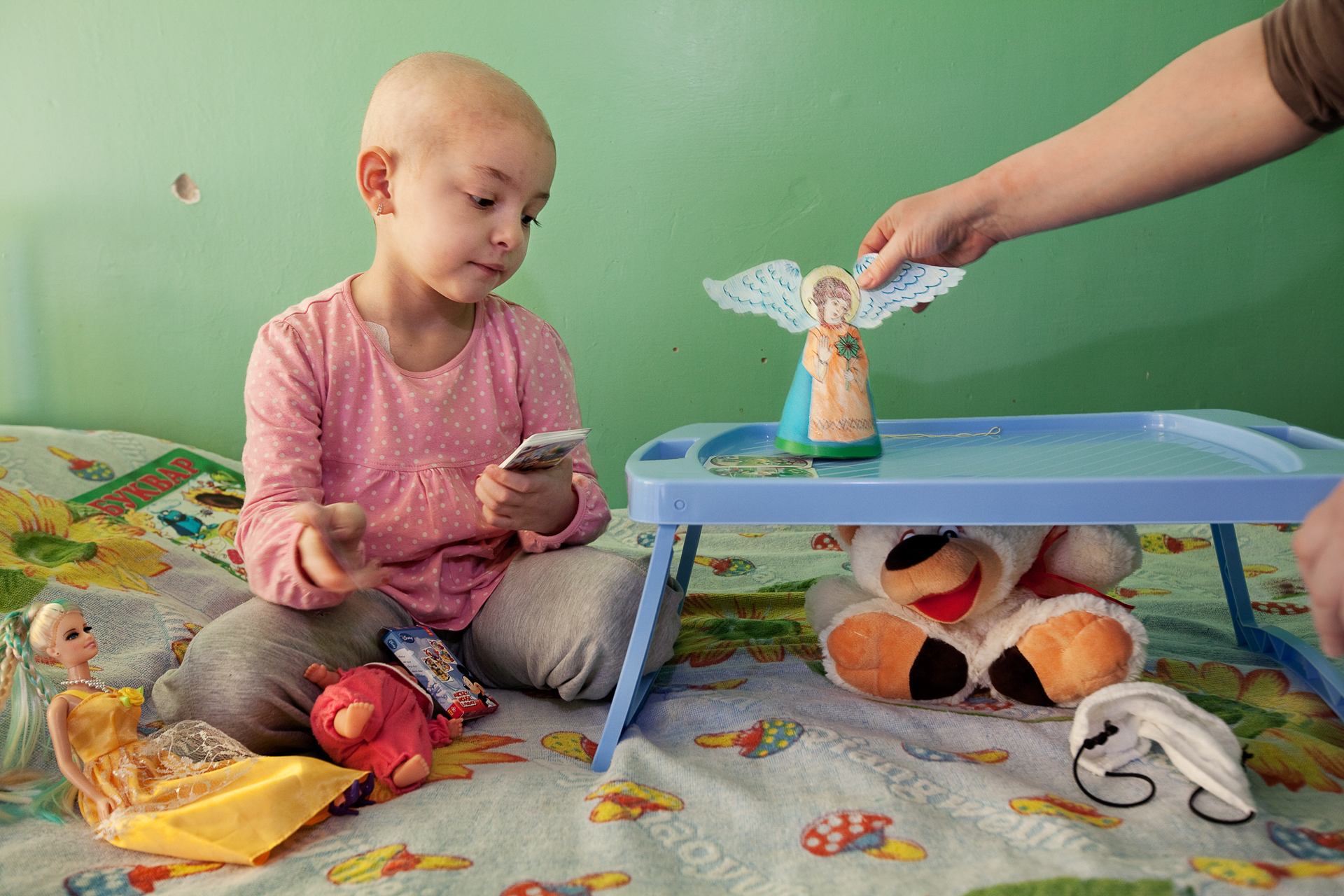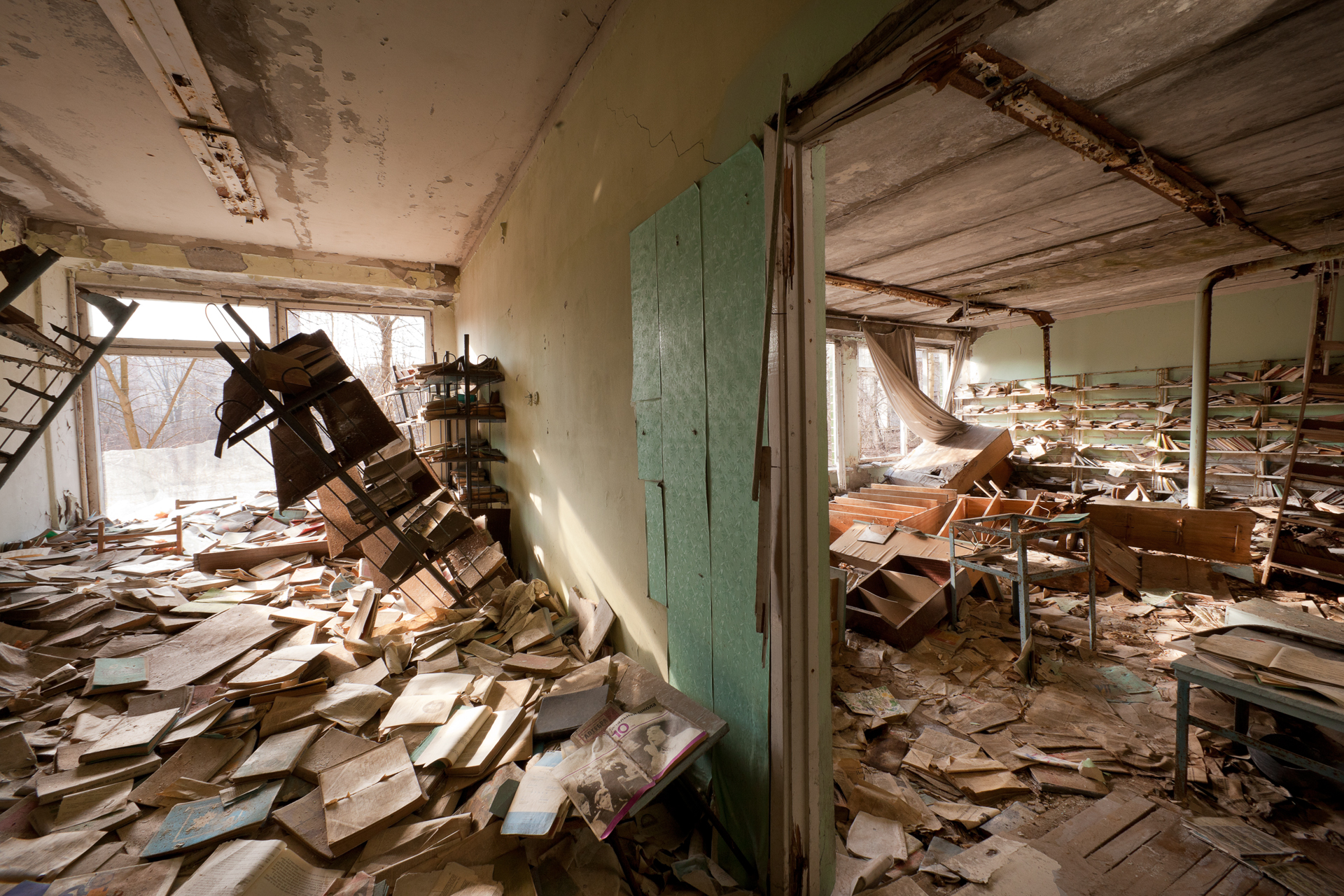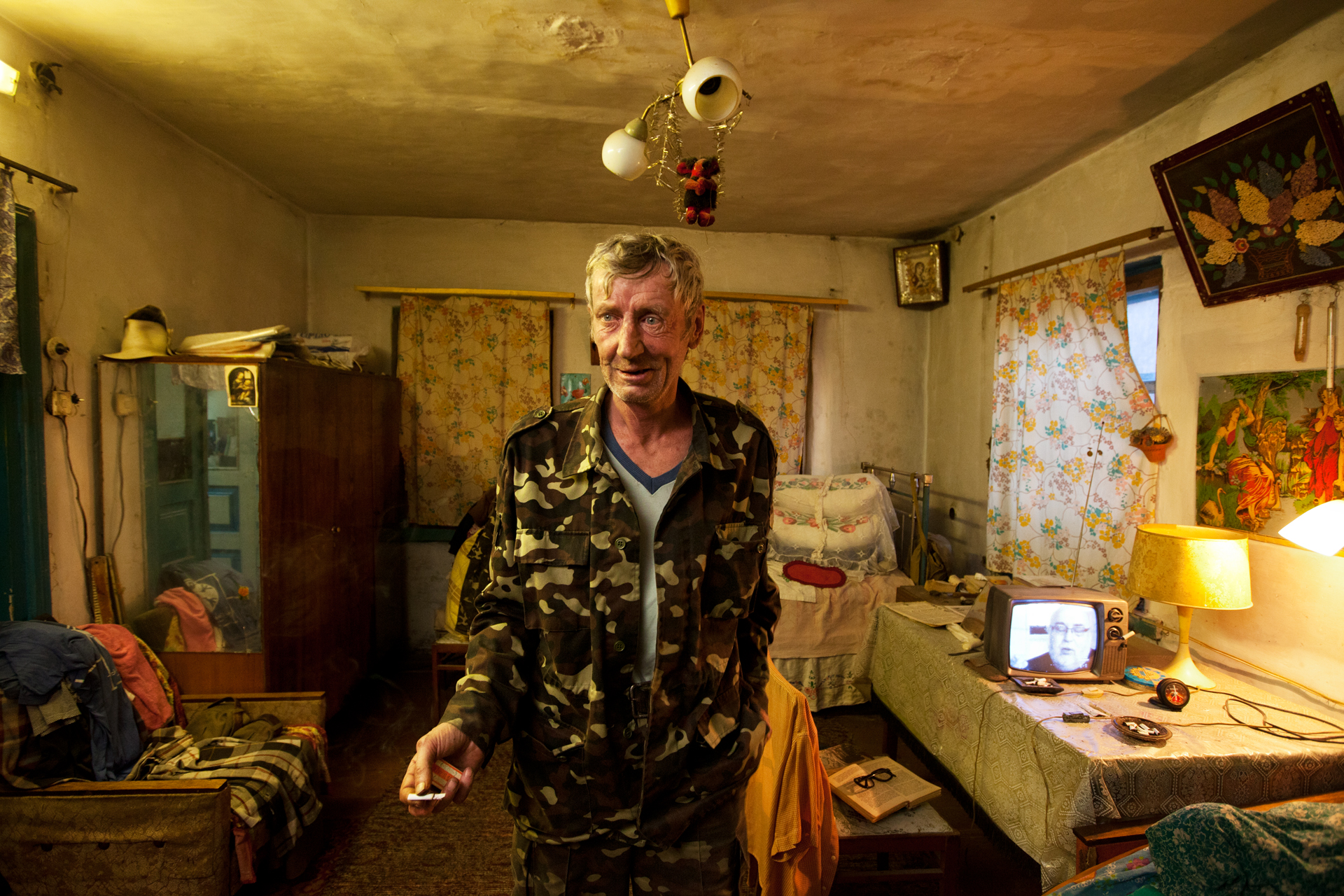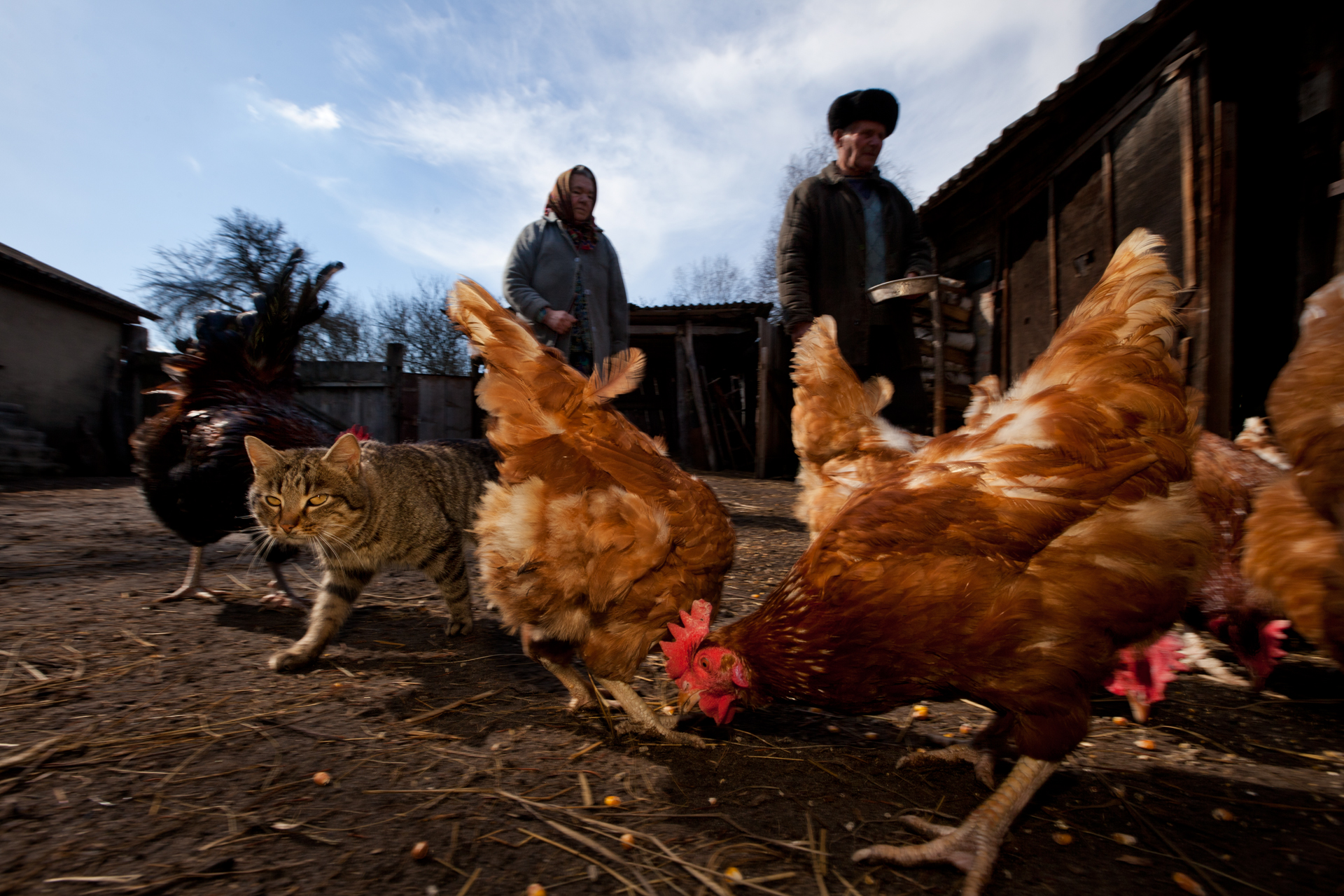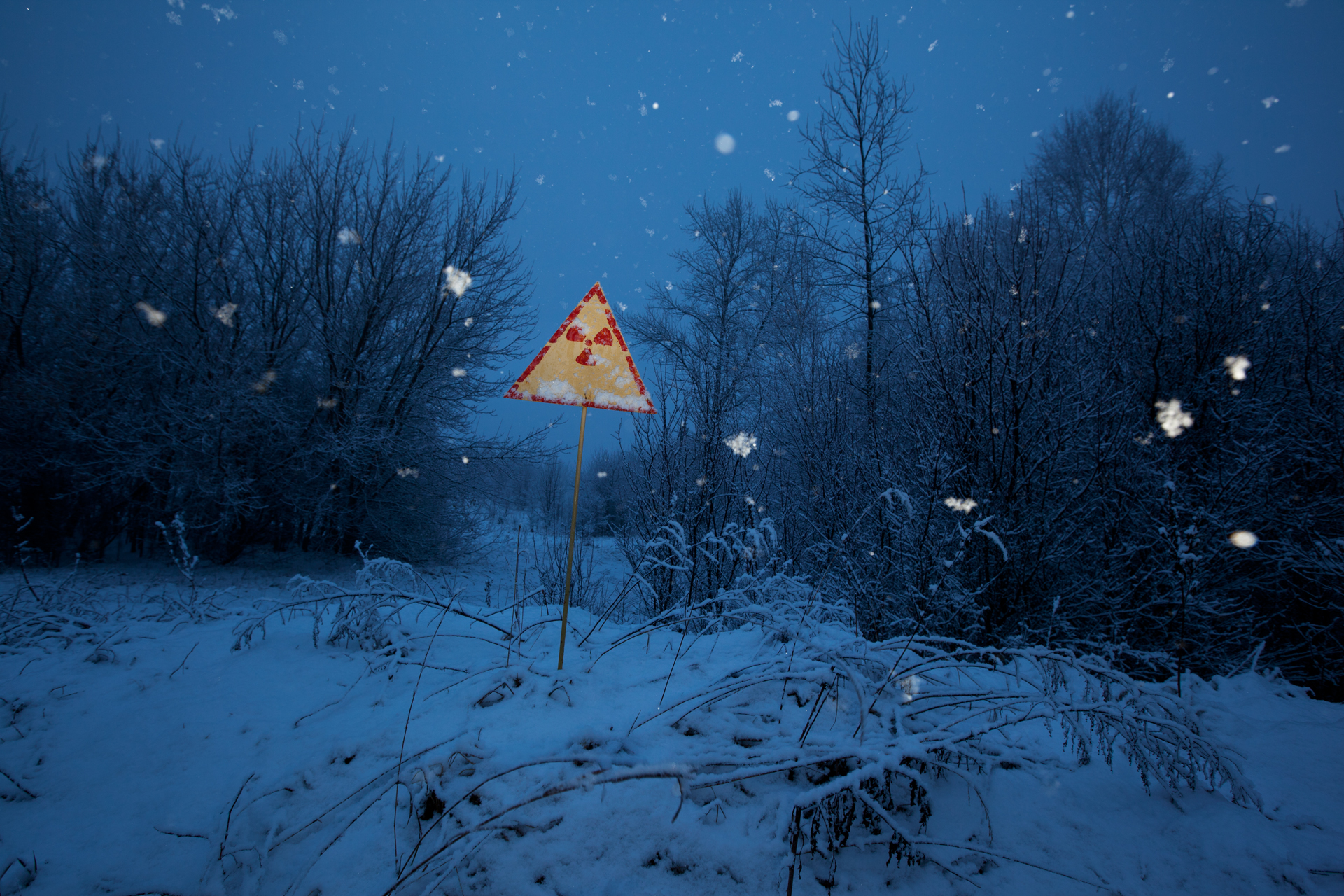April 26, 2016 marks the 30th anniversary of the Chernobyl accident. At 1:23 am, the Chernobyl Nuclear Power Plant’s Reactor #4 blew up after operators botched a safety test, triggering the world’s worst nuclear disaster to date. Twenty-five years later, the long shadow of Chernobyl continues to darken lives.
While the related death toll figures are controversial, prominent environmental organizations state that in Belarus, Russia, and Ukraine more than 100,000 people have died as a result of illnesses related to the accident.
The failed Chernobyl Power Plant sits inside a fenced area known as the Exclusion Zone. Radioactive remnants of the failed reactor continue to smolder inside the so-called sarcophagus. Work is underway on a New Safe Confinement, which will slide over the entire shelter in order to deconstruct the failed unit.
In the 1970’s, the town of Pripyat was constructed for the plant’s personnel, less than two miles away from the reactor. Thirty-six hours after the explosion, its 50,000 inhabitants were evacuated. Once a beautiful town by Soviet standards, today it is a chilling ghost town; dolls are scattered on the floors of abandoned kindergartens; children’s cots are littered with shreds of mattresses and pillows; in a gymnasium where teens once trained, floors rot and paint peels; and massive levels of radiation linger. Recently, the Ukrainian government has legalized tourist to visit the zone. The first tours are already underway.
Amidst the surrounding decay, nature is rebounding: In dozens of abandoned villages within the Exclusion Zone trees grow through broken windows and ivy seizes collapsing homes. Ignoring radiation levels, some 200 elderly people still populate their homes in villages amidst the desolation. At first, Ukrainian officials discouraged them, but soon turned a blind eye and are now providing them with infrequent medical check-ups.
Meanwhile, doctors in the huge fall-out regions still report elevated cancer rates, and the staff in the Center for Radiation Medicine in Kiev contributes many of their patients’ conditions to the radioactivity released by the accident.

